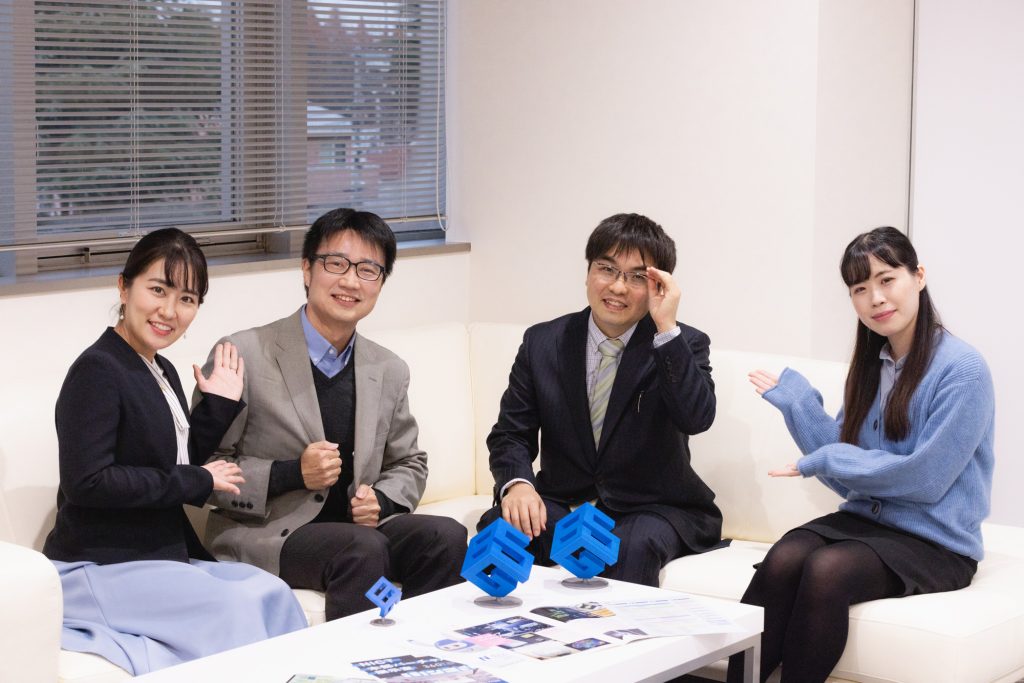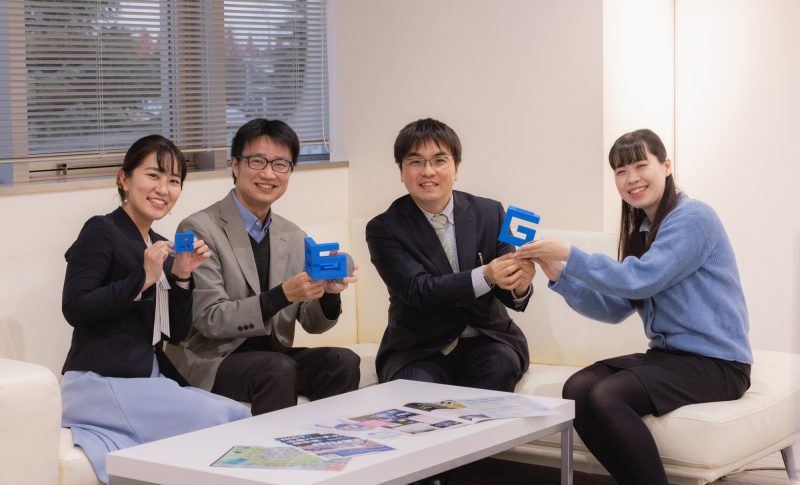“5G is certainly attracting the next generation of society, and in order to create a further future society, we must start working on communication standards for 6G and beyond now.”Yes, two people from NICT (National Institute of Information and Communications Technology) talk about it.That's why we should challenge Beyond 5G.This time, 5G/IoT design girls Sakuma and Ito visited NICT, which is pioneering future ICT centered on communication technology. Beyond that, we asked about prospects and challenges.
●Person who answered
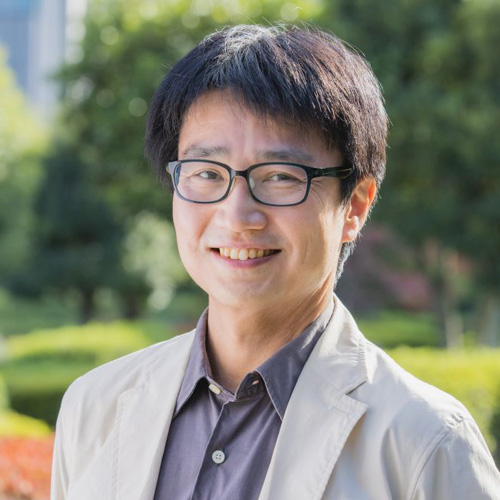
National Institute of Information and Communications Technology
Beyond5G R&D Promotion Unit
Head of Beyond5G Design Initiative
Kentaro Ishizu

National Institute of Information and Communications Technology
Open Innovation Promotion Headquarters
Comprehensive Produce Office Produce Planning Office General Manager
General Manager, Standardization Promotion Office, Innovation Promotion Headquarters
Takuya Nakagawa
-Interviewer: XNUMXG/IoT design girl

Sompo Light Vortex Inc.
Digital Health Division
senior business creator
Ms. Morika Sakuma

NEC
New Business Promotion Department
Vertical Service Development Division
Ayano Ito
What kind of institution is NICT? (Sakuma)
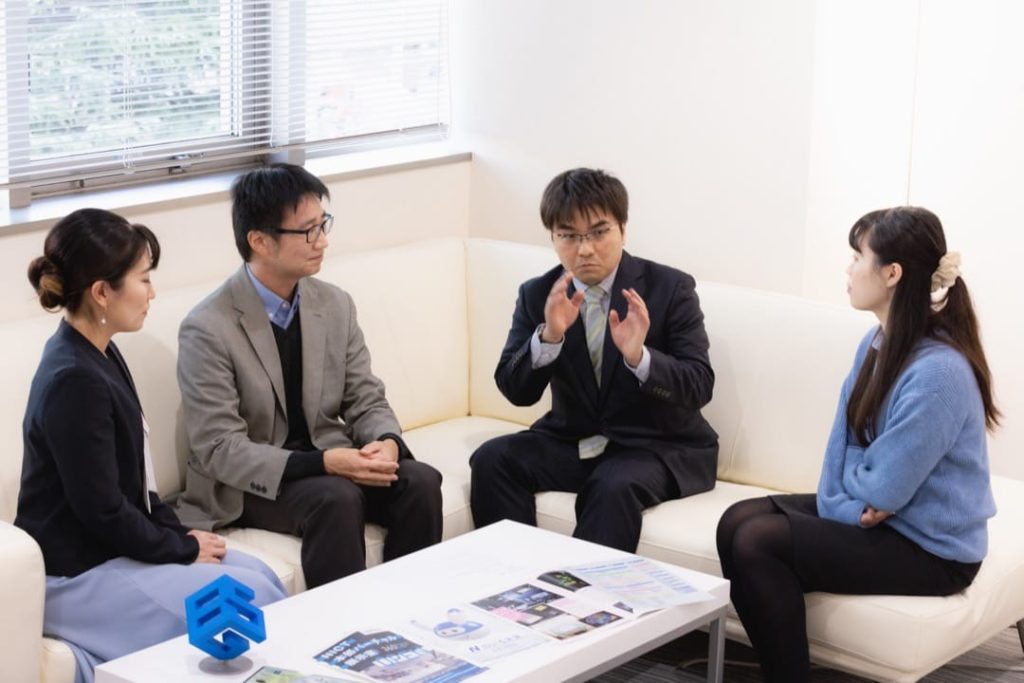
中:Various private companies are conducting research and development, but as a national research institute responsible for the information communication field, we aim to acquire technologies that can be commonly used by many companies in the future, 30 years ahead. I am doing basic research.
The difference from the research conducted by universities is that while universities focus on establishing theories in academic fields, we look beyond basic research to the application stage, and ultimately develop technologies that are useful to society through the hands of the private sector. I'm trying to popularize it.
In the final stage of research, we will act as a bridge to connect the technology we have pursued to the private sector, and we will also consider a mechanism for putting it out into the world. The same is true for Beyond 5G.
Ito: Private companies have to think about profit, so it is difficult to do long-term research that will produce results in the future.
So you are responsible for the basic technology for the distant future that is difficult for private companies to touch.
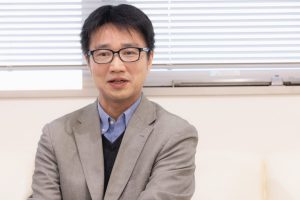
Ishizu:that's right.However, we are not the only ones to lead the way in basic research, and we are also active in joint research with private companies.
We are involved not only with major and well-known companies, but also with small and medium-sized enterprises with cutting-edge technologies, and venture companies.
Rather than just exchanging opinions, we often proceed to demonstration experiments and prototype development and make presentations together.Even if it is difficult for you to do it on your own, if you work with us, you will be able to create the conditions to proceed with your research.
Within NICT's laboratories, there are quite a few researchers and business people who have been seconded from private companies based on joint research agreements.In addition, NICT has the function of becoming a hub for companies to co-create.
Many researchers and developers from multiple companies have gathered because of the trust and security of being a neutral public institution that does not aim to make a profit.
And by openly discussing it, it has become a place where new value is born.
Sakuma:I see.Certainly, in the case of co-creation by multiple companies, the presence of a neutral NICT is very important.
中: The difficult part is when the new technology we have cultivated through co-creation leaves our hands.
It is the business side that connects new technologies to products and services.
For example, at the stage of basic research for standardization in 6G, even if we co-create with each company, at the stage of deciding technical specifications and performance requirements, it will be the products and services of each company, so each company will decide independently. Become.I understand that NICT does not enter here.
In order for new technologies to be successfully released into the world, and to ensure that results are not biased toward specific companies, we must pay attention to how we separate them.
What has 5G evolved from 4G?And where is Beyond 5G headed? (Ito)

Sakuma: In the first place, before Beyond 5G, I still don't really understand the appeal of 5G, or the benefits for users who use 5G.
Ishizu: Before and after the start of service in 2020, 4G attracted public attention as a communication standard that evolved greatly from 5G, but it cannot be said that the situation where its ability is demonstrated has arrived yet. I guess.
In the first place, there are several types of 5G systems, but services that support high-speed millimeter waves are not widespread.
Sakuma: What is millimeter wave?
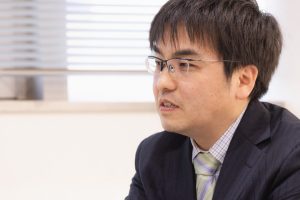
中: It's a radio wave of 28 GHz, which vibrates 280 billion times per second.Although it can transmit a lot of data, it also has the disadvantage that the wavelength is short and easily blocked.
Radio waves up to 4G use frequencies with long wavelengths, so even if there is a shield that blocks radio waves, they will go around.
In order to solve this problem of being easily shielded, some companies are working on technology that reflects and delivers radio waves.
Ishizu: There is no doubt that it is a normal evolution from 4G to 5G. 5G has three characteristics.
The first is speed. It's 1 times faster than 4G, and you can watch high-definition videos smoothly.
The second is low latency. Compared to 2G's 4 ms latency, 10G's communication latency is only 5 ms, which is 1/10.This is performance for machines rather than for humans.
This is because even the slightest delay in data communication can become a big problem when remote control of automated driving of cars or operation of machine tools is desired via wireless communication.

For example, let's say that when you send a signal to make an emergency stop to a machine tool using 5G, you can stop it within 1 cm.With 10G, which has 4 times the delay, it's a simple calculation, but it will move as much as 10 cm.
This low latency is of great significance when remotely stopping a self-driving car in an emergency or operating a surgical robot in real time.
And the third feature is multiple simultaneous connections. 3G can connect to 4 times more devices simultaneously than 10G. Even in the case of connecting to many sensors with IoT, it is possible to connect with plenty of room.

Ito: After all, 5G has evolved a lot!
中:that's right.However, rather than using it to satisfy all three characteristics at the same time, it is a mechanism that allows you to choose which characteristics to use.This is the application, so I'm going to take advantage of this feature.
For machine tools that require high-precision control, local 5G will be implemented in which base stations are placed only in the factory and used as low latency as possible.
Ishizu:Beyond 5G, the next-generation mobile communication, will add new directional features in addition to three performance improvements.There are still many needs to be addressed, such as low power consumption and ultra-high-speed communication, or the ability to use smartphones even thousands of meters above the ground.
Beyond 5G will also advance technology that selectively brings out various performances of communication according to the conditions of use.
I am currently researching a mechanism that automatically coordinates 5G and 6G systems from multiple vendors and optimally assembles the desired service.
Why are you working on Beyond 5G to the next generation? (Sakuma)

中: The G of 5G and 4G is the generation G of the communication standard, but it has evolved in almost 10 years since the first generation communication standard.
Also, it will take about 10 years to put the new generation standards into practical use and reach standardization.First, we solidify the concept of a new-generation communication standard, then establish and integrate elemental technologies, conduct demonstration experiments with prototypes, and then proceed to the commercialization of terminals and base stations, as well as the preparation of applications and service deployment. I will go.
It took five years just to finalize the new standard, the first half of which we are heavily involved.At that point, the user's terminal is about the size of a dolly.It will take another five years for terminal makers to bring it to a practical size through LSI (chip) and software.
Therefore, it is certain that 5G, the first target of Beyond 6G, will be left behind at the start of the service if it is not already started.
It is said that Japan has not been able to acquire a global share of 5G products such as base stations. In some respects, we are leading the world in key elemental technologies for 5G, but in our current position, we can say that it will be difficult to jump to the top of the world with the next 6G.
A considerable accumulation of people, time and money is essential to break out with advanced technology.So, in order to take the lead in the world next time, I think we have to reach not only 6G but also 7G from now on.
Sakuma: Are you guys looking 20 years into the future?
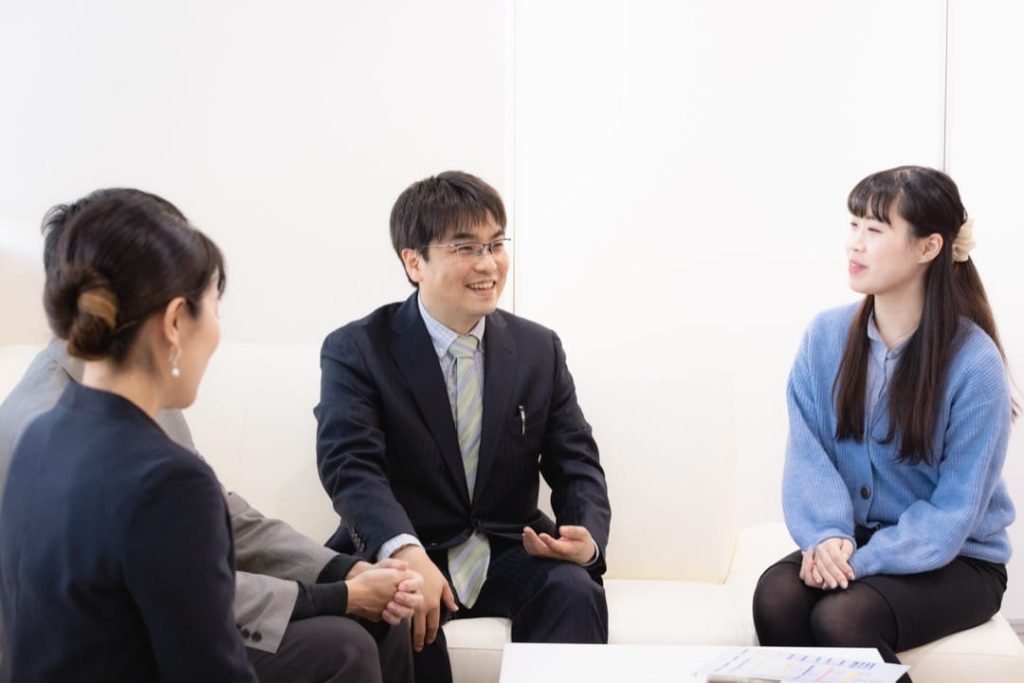

Ishizu: After 6, when 2030G will start, a world will come in which not only communication between base stations and smartphones, but also all kinds of equipment and services such as cars and drones will be connected together.
For example, if it becomes possible to transport goods by self-driving trucks and drones, the business models of the distribution and restaurant industries will change completely.
The manufacturing industry, the financial industry, the primary industry, and even industries other than information and communications should be greatly affected and benefited.
All kinds of industries and industries will be directly affected by this new generation communication standard.
If we do not at least compete with global competitors in this 6G technology, the entire Japanese industry will be in a very serious situation.
For Beyond 5G, we must work harder than ever to accumulate research results, take the initiative in standardization bodies for communication standards around the world, and make efforts to make Japan a party that can change the world. I feel a sense of danger.
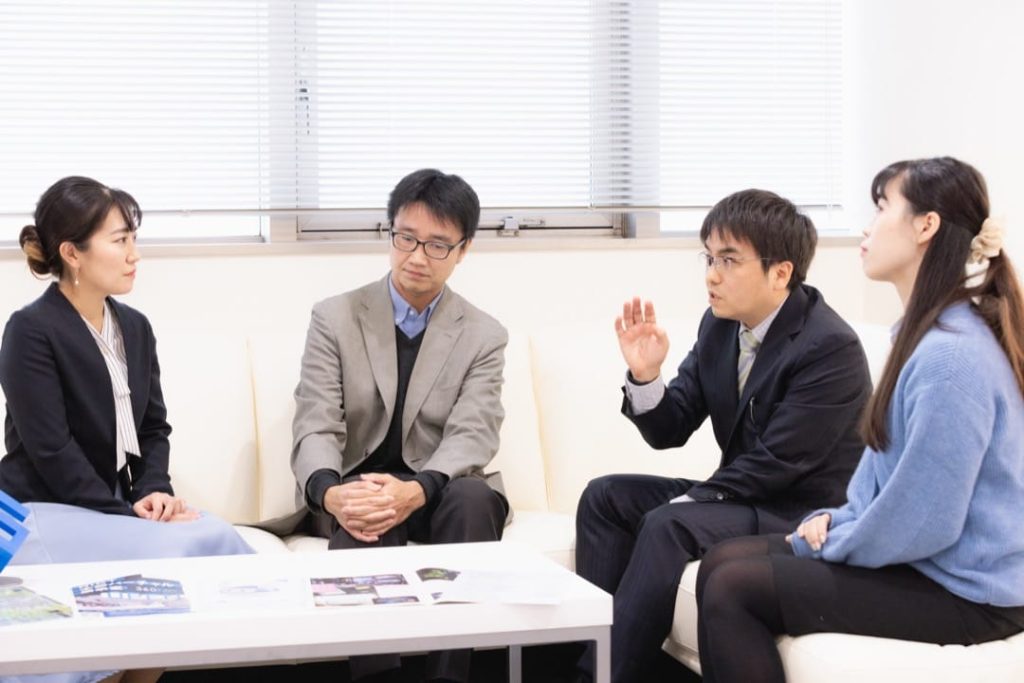
中: NICT and domestic information and communication-related companies alone cannot open up the future of Beyond 5G.
This is because the emerging needs and sense of urgency of business operators who need Beyond 5G and users who use it in the field, who want to do something with Beyond 5G and want it to solve various things, will drive the technology.
I believe that it is an important responsibility of NICT to involve many such users and to repeatedly disseminate information to arouse their craving for Beyond 5G.
20 years from now is not that far into the future. The battle for global supremacy in Beyond 5G has already started.
Sakuma and Ito: After listening to this story, I was able to understand the charm of 5G that I had not noticed before.
Beyond 5G world created by everyone. I'm looking forward to 10 or 20 years from now! !
